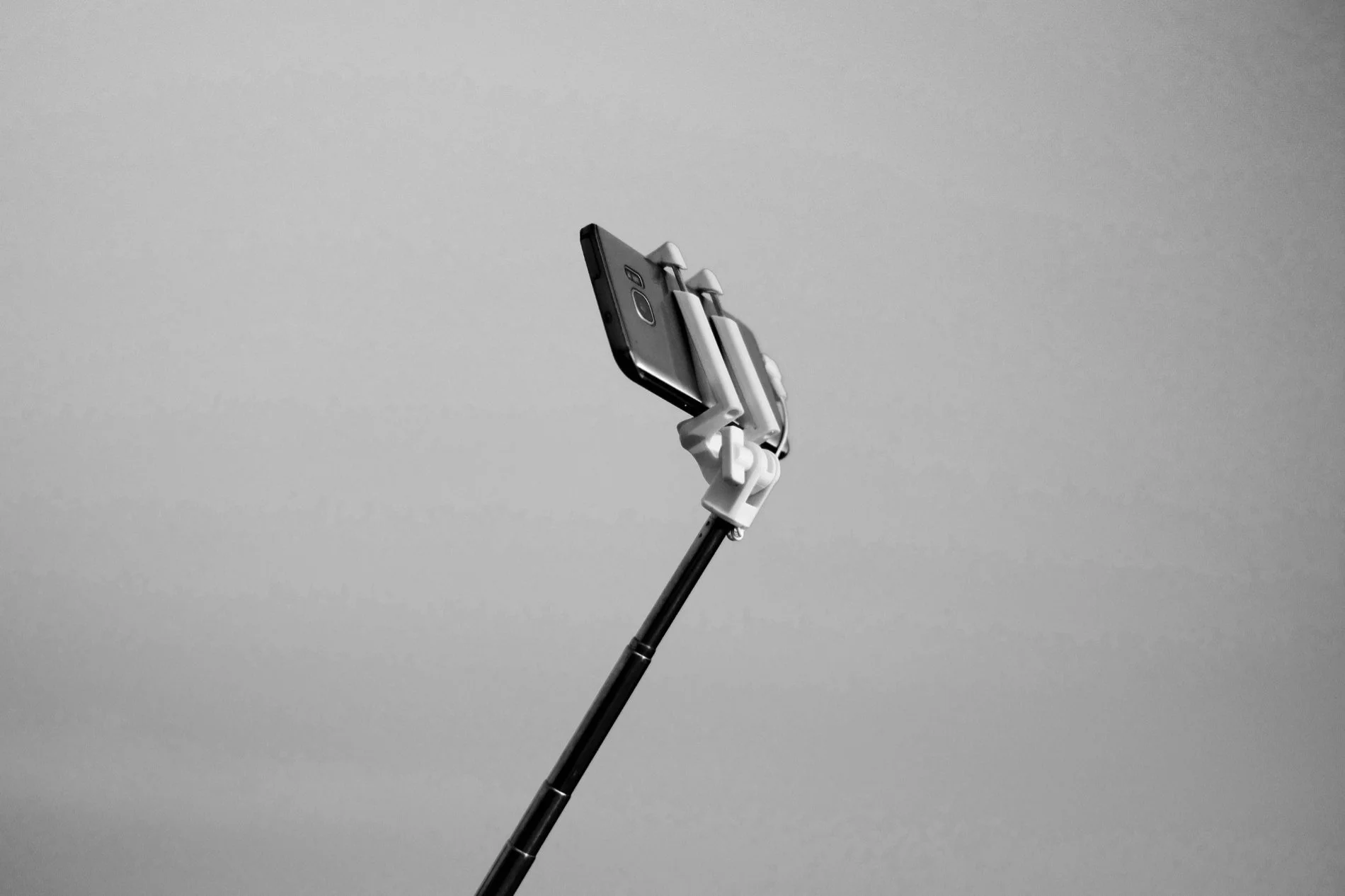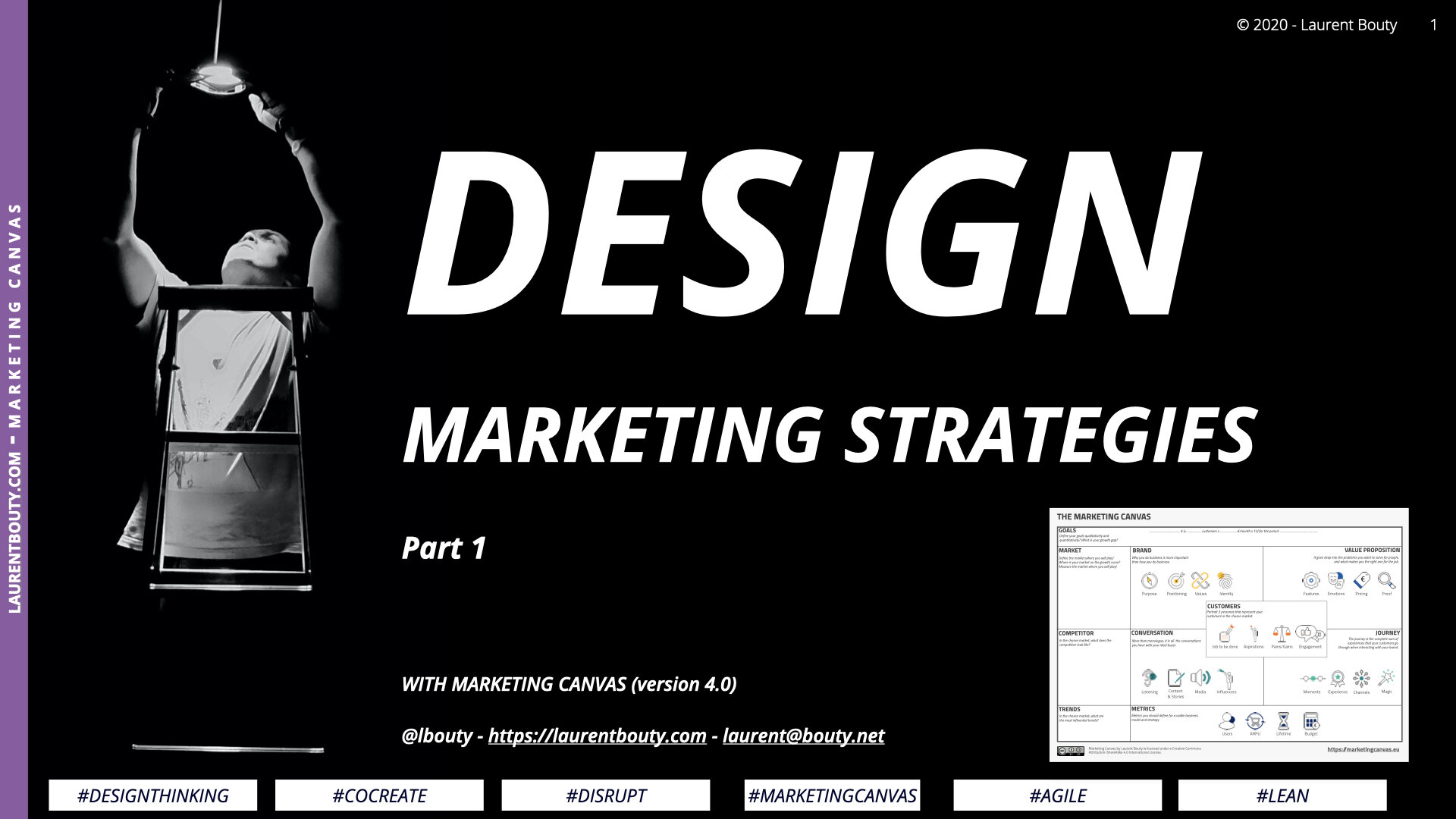Last update: 1 January 2021
In a nutshell
In today's digital landscape, influencers play a significant role in shaping consumer perceptions and buying decisions. This comprehensive guide dives into the world of influencer marketing, discussing different types of influencers and their potential impact on your marketing strategy. It examines how influencers fit into the Marketing Canvas, a framework for conceptualizing and structuring your marketing strategy. Practical examples are provided to illustrate the potential of effective influencer collaborations. Furthermore, the guide highlights essential tools for influencer management and ways to translate influencer activities into tangible actions. The guide concludes with an emphasis on the need for continuous evaluation and improvement of your influencer strategy, providing a robust assessment framework and practical tips for scoring and improvement. The information in this guide is indispensable for marketers seeking to harness the power of influencers in their marketing strategy.
In the Marketing Canvas
The Marketing Canvas is a powerful tool for entrepreneurs and non-marketers to build a robust marketing strategy. It consists of six meta-dimensions, each with four sub-dimensions, for a total of 24 sub-dimensions defining your Marketing Strategy. One of these sub-dimensions is INFLUENCERS, which falls under the CONVERSATION meta-category
Defining Influencers
In the vast and evolving landscape of digital marketing, the role of influencers has grown exponentially. These influencers span various types, each with unique attributes and reach. According to Hubspot[1], there are five different types of influencers:
Micro-influencer: With a modest following ranging from thousands to tens of thousands, micro-influencers can have a profound impact within their specific niche. They have developed trust and rapport with their followers, making them highly effective in influencing their followers' decisions.
Celebrity influencer: With enormous followings usually in the millions, celebrity influencers are famous individuals known across many industries. They have the power to influence people through their fame and high public visibility.
Blog influencer: Blog influencers have a loyal readership that subscribes to their content. They are skilled in crafting narratives that can engage, inform, and influence their readership.
Social media influencer: These influencers have significant recognition across social media platforms such as Instagram, YouTube, Facebook, or Twitter. They interact with their followers directly and shape opinions and trends.
Key opinion leader: KOLs are high-level experts on specialized topics within a particular field. They have in-depth knowledge and expertise, making their opinions highly respected and influential.
Hubspot[1] is defining influencers (also brand influencers) as:
A brand influencer refers to someone who has a following within a specific niche that they engage with regularly. Because of this, they have the power to impact their purchase decisions. The major types of brand influencers include micro-influencer, celebrity influencer, blog influencer, social media influencer, and key opinion leader (each of which we’ll define momentarily).
Introducing the Influencers dimension to the Marketing Canvas was a deliberative decision. While it's easy to group influencers under the Media umbrella, such an approach could underestimate their unique roles and significance in shaping public opinion and influencing consumer behaviors.
A brand influencer is a person who commands a following within a particular niche and engages with them frequently. This relationship allows them to exert considerable influence on their followers' purchase decisions.
In an era where people's trust in brands is increasingly mediated through personal relationships, influencers play a crucial role. They create user-generated content (UGC), a key form of communication thanks to social media and digital publishing tools.
Influencer marketing, therefore, becomes a critical dimension of a business's marketing strategy. It's not just about establishing a specific influencer strategy, but recognizing the important role influencers play within your overall marketing strategy.
To realize the potential benefits of influencer marketing, businesses need to evaluate if and how an Influencer Strategy aligns with their brand purpose, customer profiles, and value proposition.
Examples of successful influencer strategies include Gleam's Electric Adventures campaign for EDF Energy, which reached over 1 million people in the UK through 59 pieces of unique content, and Dell Technologies' influencer-hosted podcast, which fostered strong relationships with industry influencers.
Tools for Influencers
Identifying and engaging with the right influencers necessitates the use of specialized tools. These tools help you discover influencers, manage relationships, track metrics, and more. Examples of such tools include:
BuzzSumo: This tool helps businesses find influencers related to specific topics or industries. It also tracks your brand's mentions and engagement across various social media platforms.
Hootsuite: Beyond its well-known scheduling capabilities, Hootsuite can assist in identifying influencers by monitoring mentions and hashtags related to your brand or industry.
Traackr: This is an influencer relationship management tool that helps you manage and track your engagement with influencers.
Translating Influencers into Action
Influencer marketing is more than just gaining visibility—it's about translating that visibility into actionable results. To do this, consider the following steps:
Set Clear Goals: Establish what you want to achieve through the influencer partnership. This could be increased brand awareness, lead generation, or direct sales.
Collaborate on Content: Work with the influencer to develop content that aligns with your brand values and message, but also resonates with the influencer's audience.
Track Metrics: Monitor the performance of your influencer marketing campaigns, tracking metrics like engagement rate, click-through rate, conversions, etc.
Adjust Strategy: Based on the metrics and feedback, adjust your influencer strategy as needed.
Examples
Gleam created Electric Adventures – a standout consumer-focused social media video series that enabled personal stories to be brought to life whilst busting the common myths around electric vehicles and maintaining EDF Energy’s reputation. The campaign created far more in-depth brand engagement than a 30-second TV advert could achieve, reaching more than 1 million people in the UK via 59 pieces of content (source: 2020, https://influencermarketingawards.com/winners/).
Dell Technologies launched a podcast hosted by influencers featuring conversations with technology visionaries. The interesting thing about this program is that Dell is able to develop strong relationships with industry influencers. (source: https://artplusmarketing.com/5-b2b-influencer-marketing-strategies-you-should-try-149e369fd4ae).
Evaluation and Improvement
Are your INFLUENCERS helping you achieve your goals?
Evaluating your influencer strategy helps you understand its effectiveness in achieving your marketing goals. Consider the following statements, rating your agreement on a scale from -3 (completely disagree) to +3 (completely agree):
You are working with influencers that match your brand purpose and serve as your brand ambassadors.
You have set clear and actionable goals for your influencer strategy that align with your broader marketing strategy.
You empower your influencers to create content that tells a story for their audience in their own voice while also promoting your brand.
You have established long-term metrics for your influencers, such as annual targets for return on investment (ROI) in brand image and
Green clean use case
Consider a green cleaning product company that's striving to promote eco-friendly practices. They may partner with micro-influencers who focus on sustainable living, creating content that showcases how the product can be part of an environmentally conscious lifestyle. Through this strategy, the company can enhance its green branding and reach an audience interested in sustainability, yielding a high ROI from influencer marketing.
Conclusion
In the ever-evolving digital landscape, influencers have emerged as powerful tools for reaching audiences in a relatable, trustworthy manner. Whether you're a small business or a multinational corporation, a strategic approach to influencer marketing can significantly enhance your brand's visibility and resonance. Utilize the unique attributes of different influencer types, employ the right tools, and continually evaluate and adjust your strategy for optimal results.
Sources
Hubspot, 2019, Ultimate Guide to Influencer Marketing, https://blog.hubspot.com/marketing/how-to-work-with-influencers
Adweek, 2018, http://www.adnews.com.au/news/people-trust-people-but-they-don-t-necessarily-trust-brands
SproutSocial, Influencer Marketing, https://sproutsocial.com/insights/influencer-marketing/
Harvard Business Review, 2019, https://hbr.org/2019/04/how-brands-can-build-successful-relationships-with-influencers















